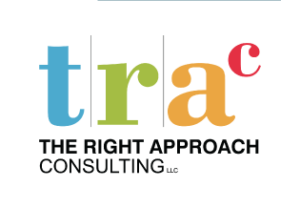It is no surprise that advanced technology is helping to push the US back toward being the most competitive manufacturing country in the world, according to a new Deloitte survey of global CEOs and other senior executives.
U.S. manufacturers and equipment makers are heavily investing in technologies such as the Internet of Things (IoT), smart factories, and predictive analytics that will be critical to becoming globally competitive in the next 4 years. Once atop the mountain, the US will be looking over our shoulder as Germany, Japan and the United Kingdom are making similar investments that will maintain or improve their competitive positions. It is interesting to note the survey ranks talent as another critical driver of competitiveness along with a high performing supply base.
While China is still the world’s preferred low cost country (LCC), according to the 2016 Global Manufacturing Competitiveness Index developed by Deloitte and the Council on Competitiveness, the U.S. has moved up from 4th to 2nd, and is expected to secure the top spot by 2020.
Fall from Grace
What has led to China’s anticipated drop to second in manufacturing competitiveness is not a secret; history is a great predictor of future behavior. We saw it first with Japan, then Taiwan, Korea and now China; as these countries economies become more “Westernized”, the cost gap closes up and the issue of freight and inventory risk become a dominant factor.
A recent report by U.K. consulting firm Oxford Economics said that rising wages in China and increasing productivity among U.S. workers led to only a 4 percent gap in costs between the world’s two largest economies; despite the nations’ currency values largely going in opposite directions recently.
Reshoring?
Does this mean work is coming back from China? Yes and no. While many OEMs have learned a hard lesson in terms of intellectual property breaches with outsourcing to Asia and continue to bring this business back, many others will just move to the “flavor-of-the-month” LCC. Current candidates such as Vietnam, Eastern Europe, Malaysia, Thailand, Indonesia, and India are vying for this spot.
Stay tuned; the next 4 years will be very, very interesting!











You must be logged in to post a comment.